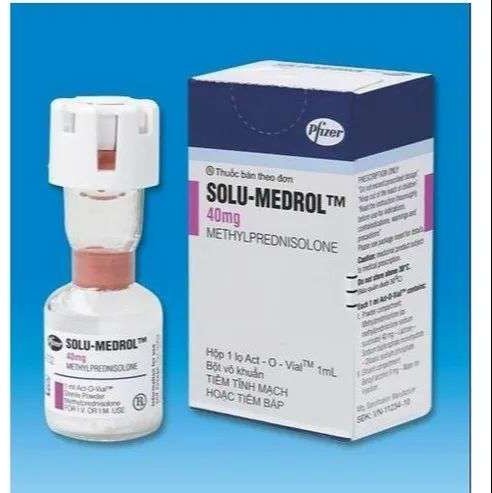Why is subcutaneous (SC) insulin usually administered into the abdomen as the preferred site?
It is the least painful location for this injection.
It causes less bruising at the site.
There are fewer insulin side effects when given in this site.
There is steady absorption of insulin from this site.
The Correct Answer is D
According to the web, the abdomen is the preferred site for insulin injection because insulin is absorbed more quickly and predictably there.
This helps to maintain a stable blood glucose level and avoid hypoglycemia or hyperglycemia.
The other choices are not answers because:
Choice A (it is the least painful location for this injection) is incorrect because pain depends on various factors, such as needle size, injection technique, and individual sensitivity. The abdomen may not be the least painful location for everyone.
Choice B (it causes less bruising at the site) is incorrect because bruising can occur at any injection site if the needle damages a blood vessel. The abdomen does not have less blood vessels than other sites.
Choice C (there are fewer insulin side effects when given in this site) is incorrect because insulin side effects are not related to the injection site, but to the dose, type, and quality of insulin. The abdomen does not reduce the risk of side effects such as allergic reactions, weight gain, or low blood sugar.
Nursing Test Bank
Naxlex Comprehensive Predictor Exams
Related Questions
Correct Answer is B
Explanation
To calculate the answer, we can use the following formula:.
(mg of drug required / total mg in vial) x total volume in vial = mL to administer. First, let's convert the dose from mg to g:.
80 mg = 0.08 g.
Next, let's plug in the values:. (0.08 g / 1 g) x 8 mL = 0.64 mL.
Therefore, the nurse should administer 0.64 mL of Solu-Medrol.

Correct Answer is C
Explanation
To calculate the dose that the child receives, we need to first convert the volume of the suspension from teaspoons to milliliters. One teaspoon is equal to 5 milliliters, so 2 teaspoons is equal to 10 milliliters. Then, we can use the concentration of the suspension to find the amount of cefuroxime in 10 milliliters. The concentration is 25 mg in 2 mL, or 12.5 mg in 1 mL. Therefore, the amount of cefuroxime in 10 mL is:
10 mL × 12.5 mg/mL = 125 mg
Therefore, the child receives 125 mg of cefuroxime once a day orally.
Whether you are a student looking to ace your exams or a practicing nurse seeking to enhance your expertise , our nursing education contents will empower you with the confidence and competence to make a difference in the lives of patients and become a respected leader in the healthcare field.
Visit Naxlex, invest in your future and unlock endless possibilities with our unparalleled nursing education contents today
Report Wrong Answer on the Current Question
Do you disagree with the answer? If yes, what is your expected answer? Explain.
Kindly be descriptive with the issue you are facing.
